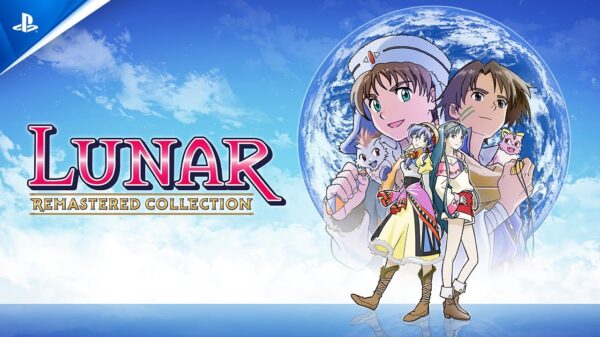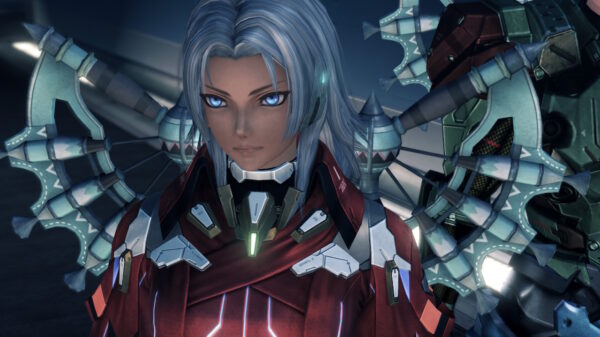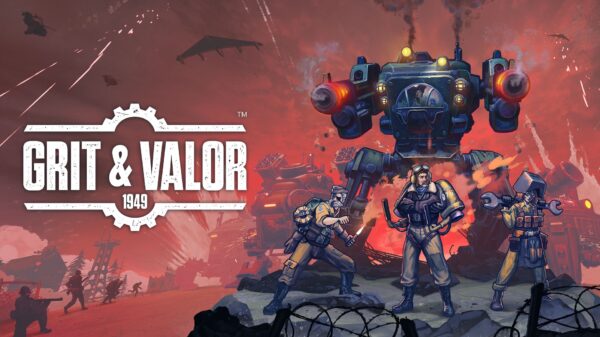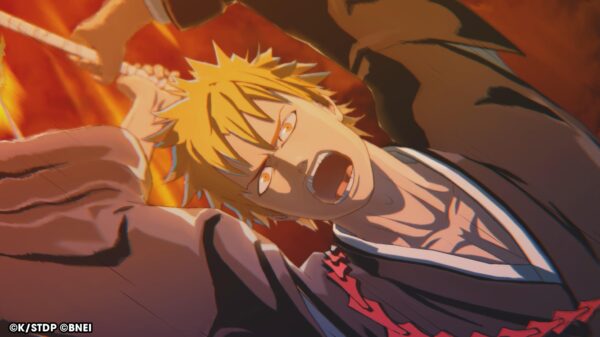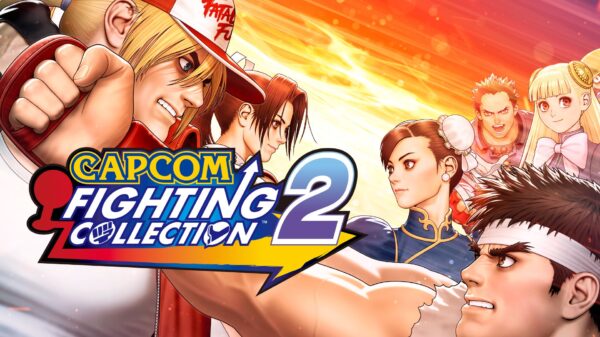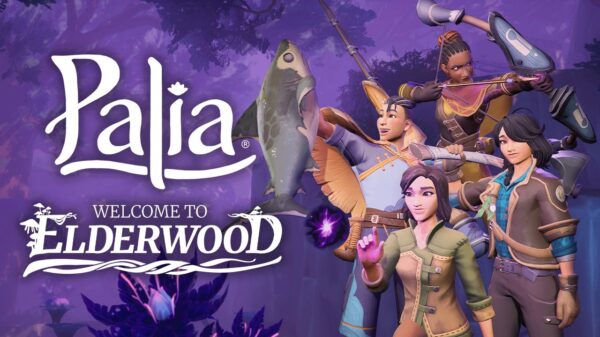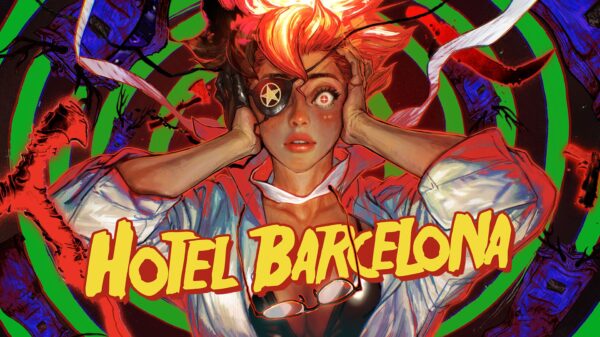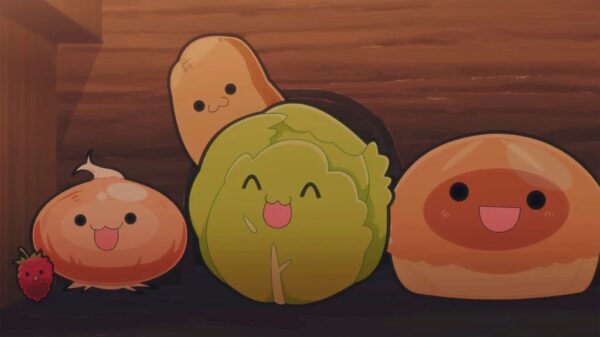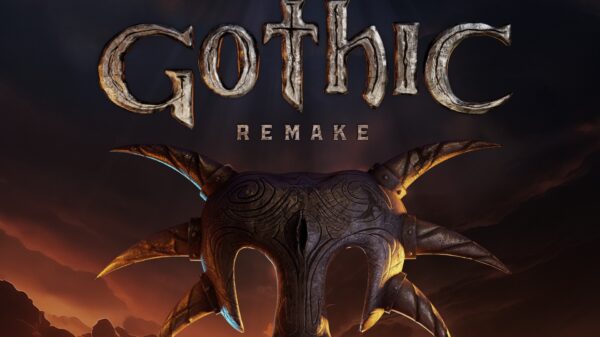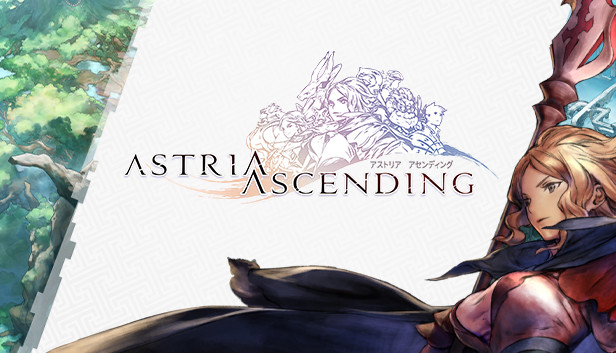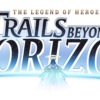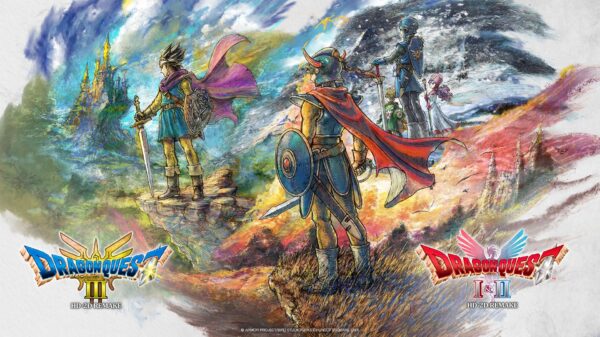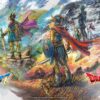Astria Ascending is a turn-based JRPG due out on September 30, and I recently had a chance to play a preview build that took me through the first few chapters, which covers roughly 1/10 of the full game. You play as the eight Demigods, characters who are granted the power to protect the world and the Harmony between its races–for a short period of time before they must sacrifice their lives.
Harmony is a key point in the story that goes beyond a simple hope for peace between the various races that live in the world. It’s essentially their religion, and everyone is required to eat fruit called Harmelons in order to maintain Harmony. The occasional reference to punishing people who refuse to eat Harmelons felt sinister, but it remains to be seen if this enforcement of Harmony will prove to be less ideal than the Demigods think. However, it certainly becomes apparent that while the different races are allied, their relations are far from perfect, so it does come across as a sort of false peace. In keeping with the Harmony theme, monsters are known as Noises–noise that disrupts the harmony.
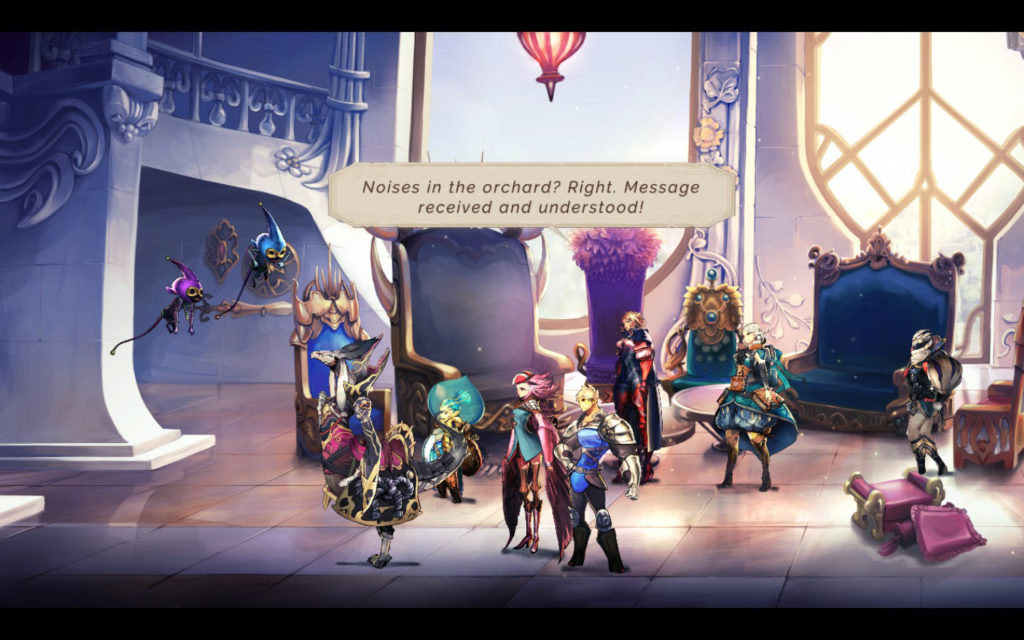
The world is presented in a 2D sidescrolling format, and it’s beautiful. The backgrounds are gorgeous and the character sprites look great, although some of their animations are a bit jerky, such as the cutscene walking animation for certain characters and the clapping animation. The 2D presentation means it’s occasionally difficult to tell what characters can be interacted with and what buildings can be entered, but watching for the interact icon to appear takes care of that. In dungeons, this 2D presentation lends itself to light platforming elements for exploration, which I enjoyed. There are treasure chests to find, a handful of areas that are blocked off until you obtain an upgrade that lets you pass, and a few light puzzles to solve. One section near the end of the preview suffered from a bug that made it unnecessarily tedious until I quit the game and reloaded, but in general, dungeon exploration is fun.
Noises appear on the field as blue orbs, and coming into contact with one triggers a battle. Astria Ascending has a turn-based combat system that adds a new mechanic to its otherwise traditional combat, Focus Points (FP). When you attack an enemy’s weakness, you gain 2 FP. If you hit its resistance or immunity instead, you lose 2 FP. A character can also spend their turn adding 1 temporary FP to the pool, as well. FP can then be spent to increase a character’s effectiveness, up to a maximum of 4 FP to gain +200%. The effects are most apparent when it comes to attack power, so I was never quite clear if spending FP on defense or support abilities was worthwhile or not. In any case, it sets up a situation where learning and exploiting your enemies’ weaknesses is critical to success. You can also switch out active party members during combat, although it costs a character’s turn to do so.
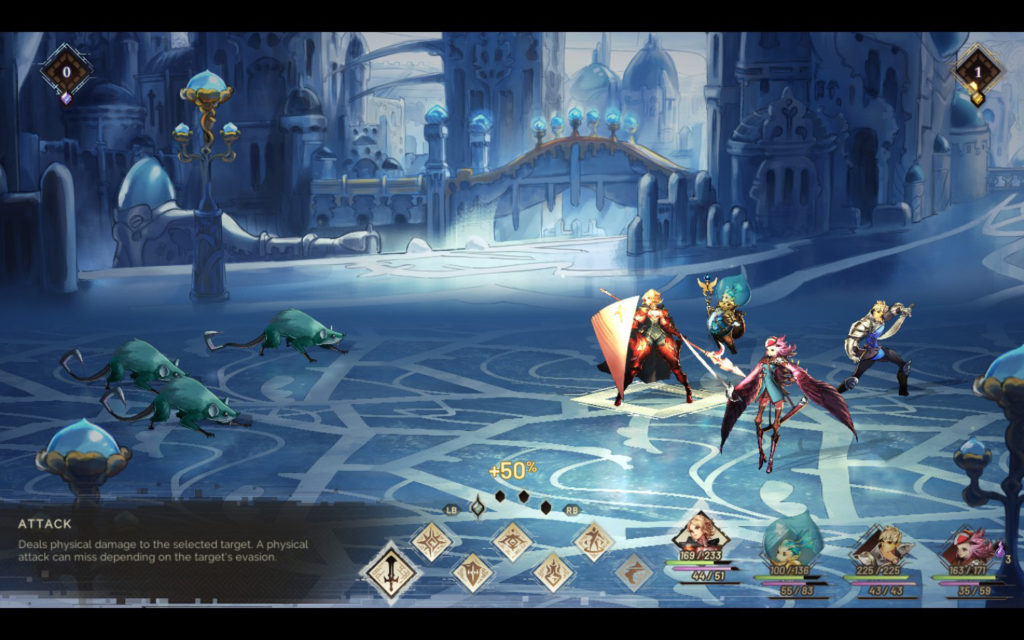
As you fight, you’ll level up and also gain SP. SP can be spent on each character’s skill tree to unlock new skills, passive abilities, and stat boosts. Stat boosts require both SP and stat orbs, which can be found after battles or in chests. Every character starts out with a basic skill tree, but progress through the game allows you to unlock new jobs, each with its own skill tree. Since each character has multiple jobs available, this adds even more customization. For example, after getting a job crest, I turned one of my physical attackers into a Warrior with even more powerful physical attacks, while the other options for him were a job that focuses on debuffing enemies and another that mixes physical attacks and magic. I only unlocked a handful of primary jobs in the preview, it looks as though each character can also have a secondary job and a support job. I couldn’t see any way to change jobs or reset skill points, so you’ll need to choose carefully.
Once I got past the first couple of dungeons, enemies started to get a lot tougher. I’m not sure if I needed to grind to get more SP, since abilities cost a lot of SP compared to the tiny amount you get from battles, or if I was having bad luck, but there were times when I’d encounter a large group of enemies that would quickly wipe out most of my party on their first turn. This problem was exacerbated since while attacking first on the field can give you a preemptive strike, it doesn’t seem to be a guarantee. On the other hand, your health regenerates while on the field, and MP regenerates as well when you’re in a town. You can also fast-travel between towns and dungeon checkpoints at any time, so it’s a simple matter to teleport back to town to heal and restock on items, then teleport back to the last checkpoint.
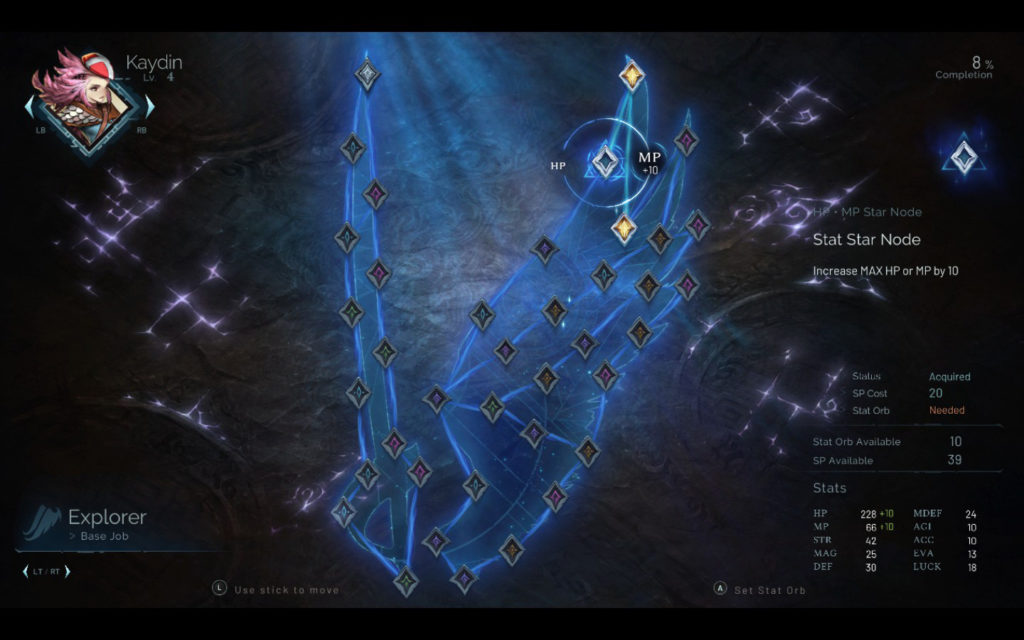
There are a number of side quests you can get in town, although they aren’t too interesting so far, mainly fetch quests with a bit of dialogue to slightly expand the worldbuilding or the lives of NPCs. More interesting is the prominent mini-game, J-Ster. In J-Ster, you place monster tokens on a board in an attempt to flip and claim your opponent’s tokens. Each token has a value, as well as defense modifiers on its sides. While you can’t challenge every NPC to a game of J-Ster, a significant number of NPCs can play. Depending on who you play against, you’ll have different rules about whether or not your token hand is visible, or which tokens the winner can take after the game. While not identical, it’s very reminiscent of a certain card game in a certain popular JRPG, which one NPC conversation even references.
Now, the trouble with giving you eight party members immediately from the start of the game is that you don’t have much time to get to know them. Indeed, right now I remember a couple of the party members’ personalities because the early story points focused on them, but I mainly think of them in terms of their combat use. Each character comes from a different race, and there’s some attempt to show the conflict between them, but without much build-up to get to know them first, it comes across as jarring. When half the party dismissed another party member’s race as being not worth too much, I was baffled. And since the characters were introduced as a group, I know barely anything at all about some of them. The main story tries to introduce mysteries and conflicts related to mysterious characters summoning Noises and disrupting the Harmony, but since you’re thrown into everything right away, I don’t have any strong feelings toward it. This isn’t helped by long pauses after each line of dialogue, with no ability to jump to the next line. Astria Ascending is absolutely trying to tell a mature story when it comes to the personal lives of the Demigods, but I’m not sold on its execution so far.

The story does have potential, though, so I wouldn’t write it off just yet. If this preview really was just 1/10 of the full game, Astria Ascending still has a lot of hours left to potentially build up its story. I played for approximately seven hours, which promises a lengthy JRPG even if you take into account all the time I spent messing around in J-Ster. Meanwhile, the job customization and the turn-based combat system promise to be fun highlights of Astria Ascending no matter how its story turns out.

